EPA Watchdog Flags Unregulated Pollutants in Treated Sewage Sludge
Hundreds of identified pollutants lack a risk evaluation.
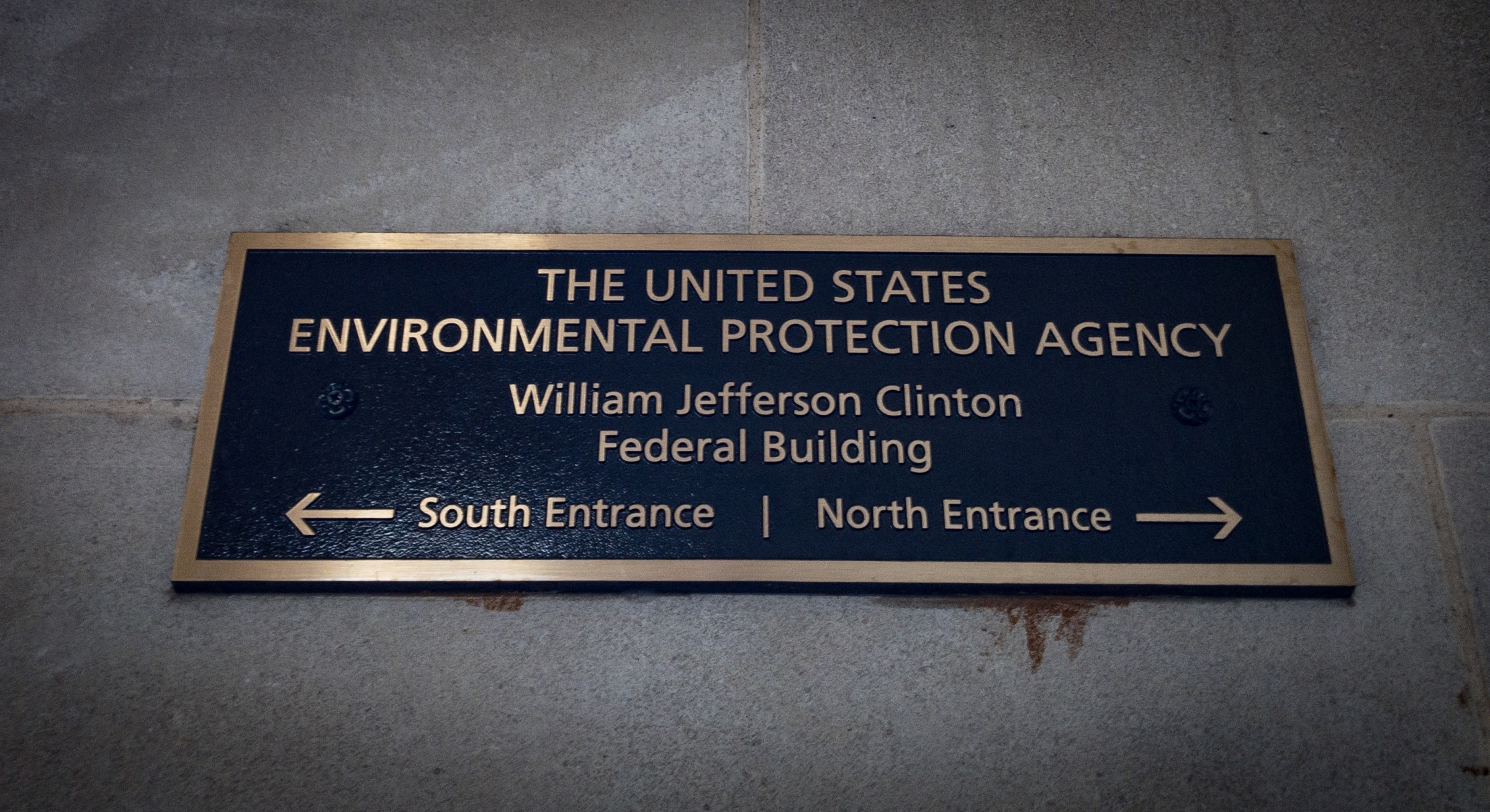
By Brett Walton, Circle of Blue
An undermanned EPA is potentially failing to protect human health and the environment from hundreds of pollutants in treated sewage sludge, which is used for garden and field fertilizer in all 50 states, according to an investigation by the agency’s internal watchdog.
“We found the EPA’s controls over the land application of treated sewage sludge, or biosolids, were incomplete or had weaknesses and may not have fully protected human health and the environment,” said Jill Trynosky of the Office of the Inspector General.
The EPA monitors only nine pollutants in treated sewage sludge, according to the Office of the Inspector General’s report. The agency also requires utilities to reduce pathogens. But a much broader list of potential threats has not been evaluated. The agency identified 352 other chemical pollutants in treated sludge, including pesticides, pharmaceuticals, and solvents, but has not yet completed risk assessments for them. Sixty-one of the pollutants are listed as hazardous under other federal statutes.
“Right now, the EPA is working to assess the safety of several hundred pollutants that have been found in biosolids,” said Trynosky, a co-author on the report. “But the agency says it lacks the data and tools necessary to assess the health and environmental risks of many of these pollutants. As a result, the EPA is unable to state whether, and at what level, the pollutants found in biosolids pose a risk.”
The EPA objected to how data in the report was presented, arguing that the presence of a hazardous substance does not automatically present a risk if the concentrations are low enough.
“There is no attempt to make it clear to the reader that the occurrence of pollutants in biosolids does not necessarily mean that those pollutants pose a risk to public health and the environment,” David Ross, the head of the EPA Office of Water wrote in a September 4 letter to the Inspector General’s Office.
Ross did agree that the agency needs to evaluate the health risks of the pollutants.
Sewage sludge are the solids that remain after initial treatment. After additional treatment, they are repackaged as biosolids and sold as fertilizer.
The nine pollutants that the EPA monitors are all heavy metals such as arsenic, cadmium, and lead. No additional pollutants have been added to the monitoring list in the 25 years since the agency began its biosolids program.
Unregulated pollutants such as pharmaceuticals are also found in treated wastewater that is discharged from facilities into rivers and lakes.
Staff in the agency’s Office of Science and Technology told the investigators that the research budget is insufficient to evaluate human health risks for all the pollutants. The agency has also moved resources away from the biosolids program.
The Biosolids Center of Excellence, based in the agency’s Region 7 office, reviews annual reports and oversees enforcement and compliance for more than 2,700 wastewater utilities nationwide that produce biosolids.
When the inspector general conducted its review, the center had only two staff, which the report called “a minimal presence.”
The report recommended 13 actions that the EPA take. Those recommendations include completing annual reviews on time, developing a plan to evaluate the 352 identified pollutants, and updating sampling guidelines for pathogens.
The agency so far has set a timetable for responding to eight of the actions.
Brett writes about agriculture, energy, infrastructure, and the politics and economics of water in the United States. He also writes the Federal Water Tap, Circle of Blue’s weekly digest of U.S. government water news. He is the winner of two Society of Environmental Journalists reporting awards, one of the top honors in American environmental journalism: first place for explanatory reporting for a series on septic system pollution in the United States(2016) and third place for beat reporting in a small market (2014). He received the Sierra Club’s Distinguished Service Award in 2018. Brett lives in Seattle, where he hikes the mountains and bakes pies. Contact Brett Walton

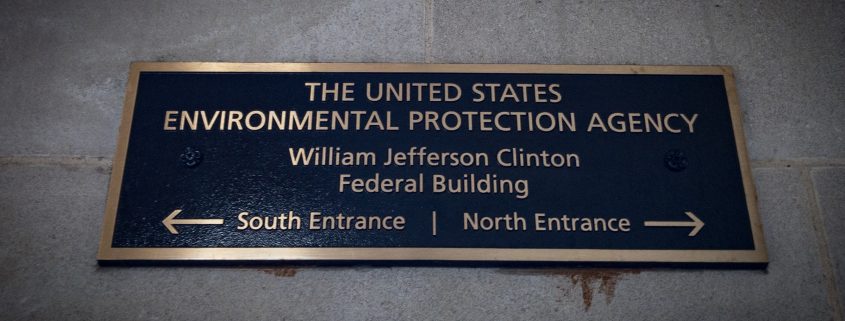



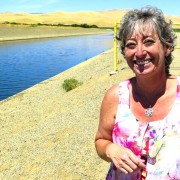
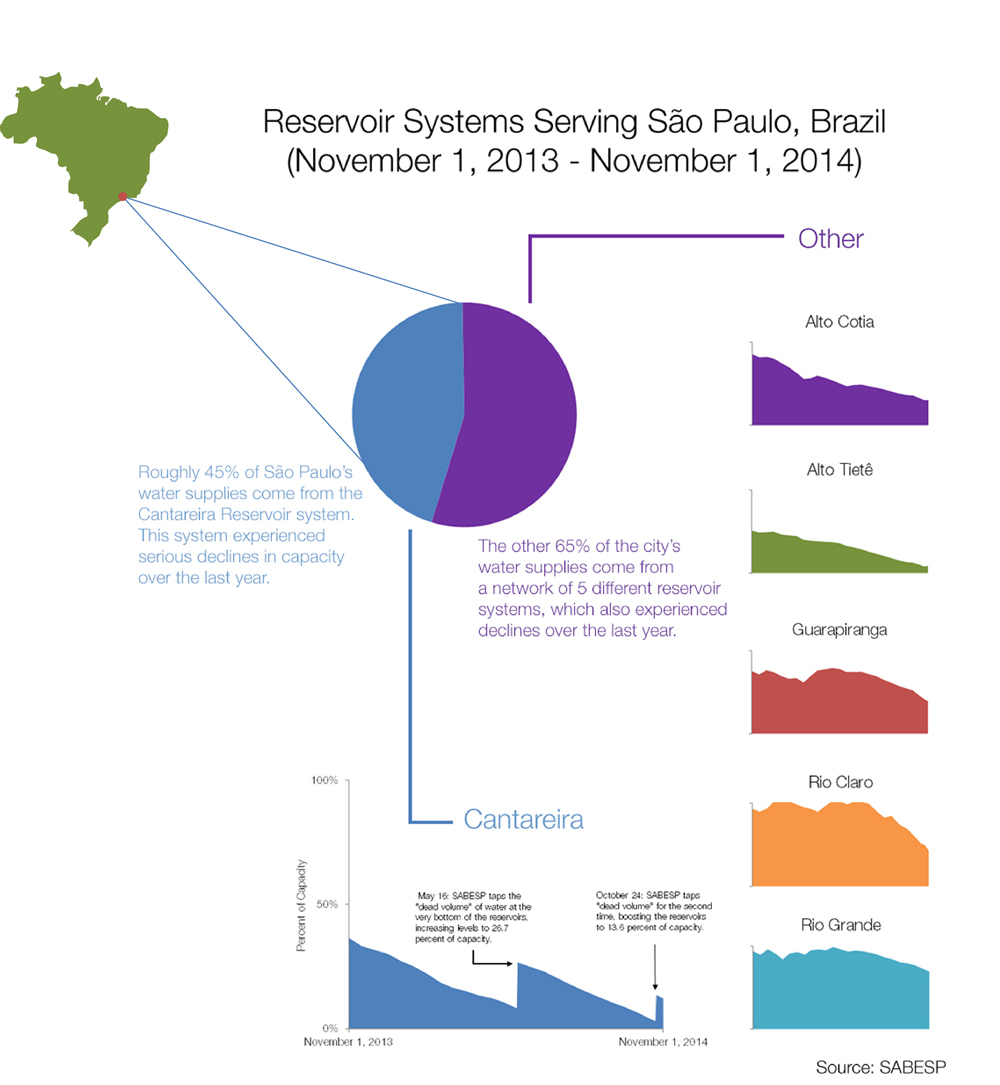

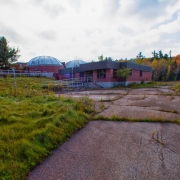


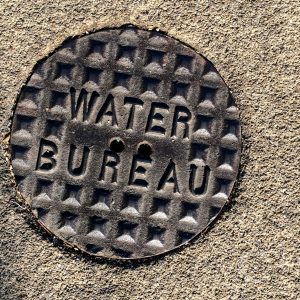

The question for me is, and always has been, why the use of bioassays are not brought into the formal risk assessment process. No testing lab can keep up with the number of contaminants emitting to “waste water’ and there is really only one solution..developing a suite of bioassays that can indicate the degree of toxicity of the chemical mixture. Even if used as a screening mechanisms, bioassays provide a viable approach to chemical risk assessment at systems level. It was done for the leachate from consolidated landfills as part of Sydney’s “green games’ in 2000 and no doubt elsewhere but regrettably, the use of bioassays is yet to be embraced at regulatory level. Something to consider and to seek out information on.
Thanks for the communication at circleofblue. I guess you might be referring to the small planet we live on that can be seen form outer space as a blue marble!!!
Best Wishes Kate Hughes, PhD. Right To Know Publication and The Ecology Data Bank. St Albans, NSW, Australia
,